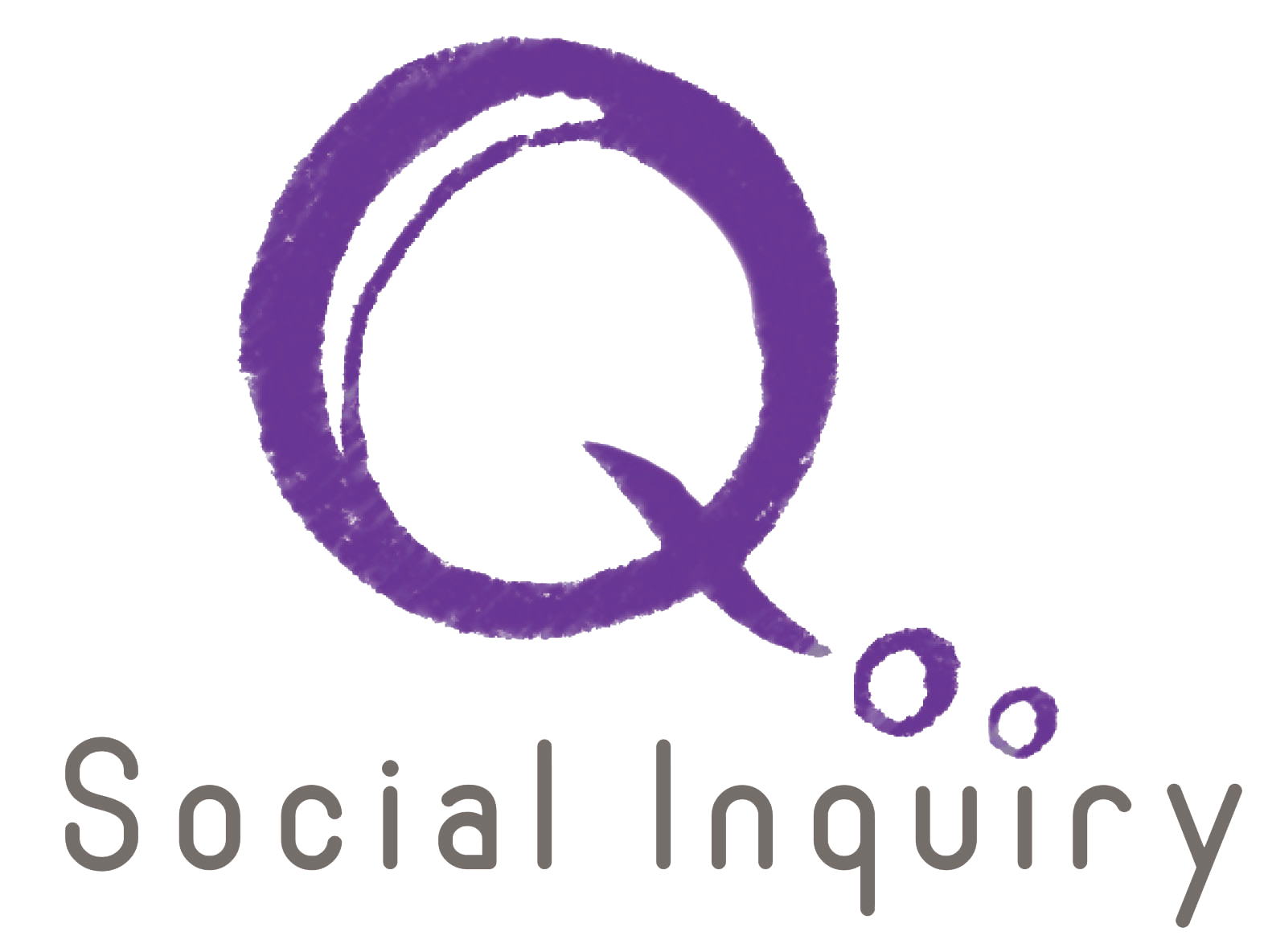How acknowledging the grievances of the "other" matters in post-conflict Iraq
If you cannot see the graph, click here or refresh the page.
Acknowledging the suffering and/or grievances of the “others” in one’s community plays an important role in building social cohesion and allowing more space for transitional justice and reconciliation. It is important especially in the case of Iraq, where every single identity group has been a victim of human rights violations, targeting, and marginalization at a given point in the country’s history. This recognition is important as turning a blind eye to the grievances of others or to perceive they have none further perpetuates a potentially unjust status quo, limiting the ability to better address root causes of tensions, violence, and/or conflict, particularly in ethno-religiously diverse areas. Unpacking whether there is such acknowledgement is one step toward better understanding openings for intervention in this regard.
That’s why, at Social Inquiry, we like to ask the question listed in the figure in our fieldwork. First, we ask respondents what they think their own ethno-religious group is most upset about in their location of origin. In qualitative semi-structured interviews, this question yields a lot of rich information as most people want to express their feelings and frustrations on behalf of the group to which they belong, particularly in this post-conflict context. In quantitative surveys, it usually takes the form of a multiple-choice question, with response options in part based on qualitative findings. We then ask a similar question but about the “other” ethno-religious groups with which they share or have shared their place of origin. This is a way to see if there is acknowledgment of other groups’ grievances or not, regardless of how “correct” they are if they do in fact list grievances. This question, in its quantitative form, is used as one of the indicators in the longitudinal study for the Ninewa’s Conflict Monitoring Framework we just finished implementing with the United States Institute for Peace: we wanted to monitor the percentage of people in each identity group that do NOT recognize other ethno-religious groups’ grievances in the places they live in together – with the hope of seeing this percentage go down over time. Or at least that there is not too big a gap between one group recognizing the grievances of another, but that group in turn not recognizing the former.
In the graph, which is a snapshot of the third round of data collected in May-June 2019, we observe that the majority of respondents see each other as victims of ISIL crimes as well as victims of forced displacement. These are sources of major upset given that they correspond to the categories with the largest cloud of dots across groups, although some are larger than others – and it is in these nuances in terms of size that the graph actually provides a lot of information to help in understanding the localized post-conflict context that has emerged across subdistricts in the north of Ninewa. Of further note is the percentage of respondents in each identity group that did not recognize others’ grievances in their places of origin, highlighted in red in the two rightmost columns. The largest gap is seen in Sinuni subdistrict (part of Sinjar), where a relatively high number of respondents in some groups either choose not to respond to the question or more critically, directly express that other groups from their places of origin have no reason to be upset. The smallest gap in this regard is seen between groups in Zummar subdistrict where only a very small proportion of respondents answer in the negative or not at all. What this points to is the differing experiences of these populations during the conflict and the current dynamics on the ground within these respective areas. In Sinjar district, where the gap is biggest, efforts may be needed to create more conducive conditions for groups to better acknowledge each other and make headway toward improved social cohesion, accountability, redress, and reconciliation. In Zummar subdistrict, while recognition seems to exist, the conditions may already be in place to further more concerted efforts around cohesion, justice, and reconciliation.
